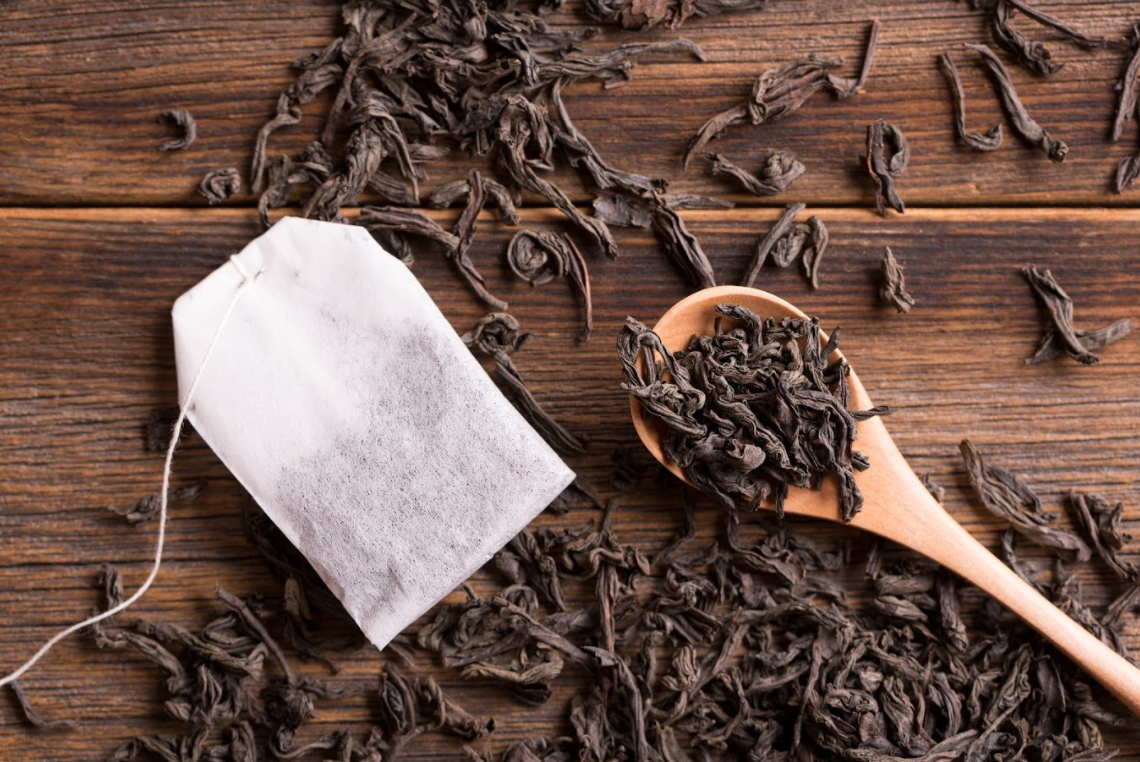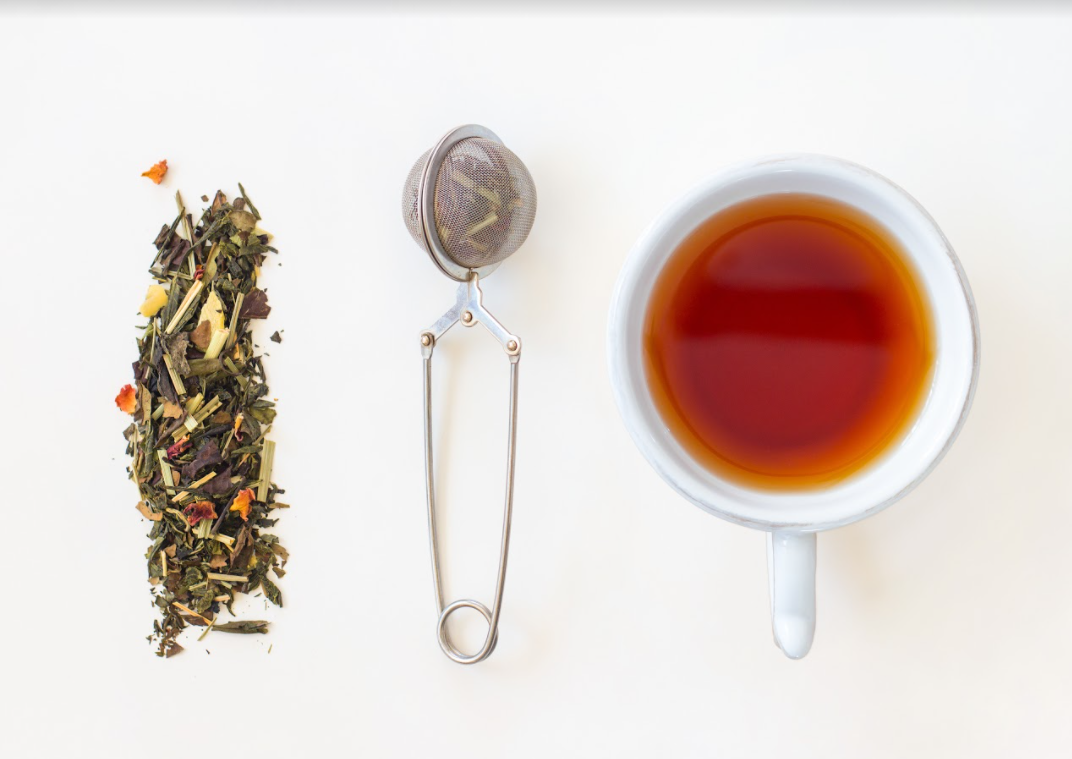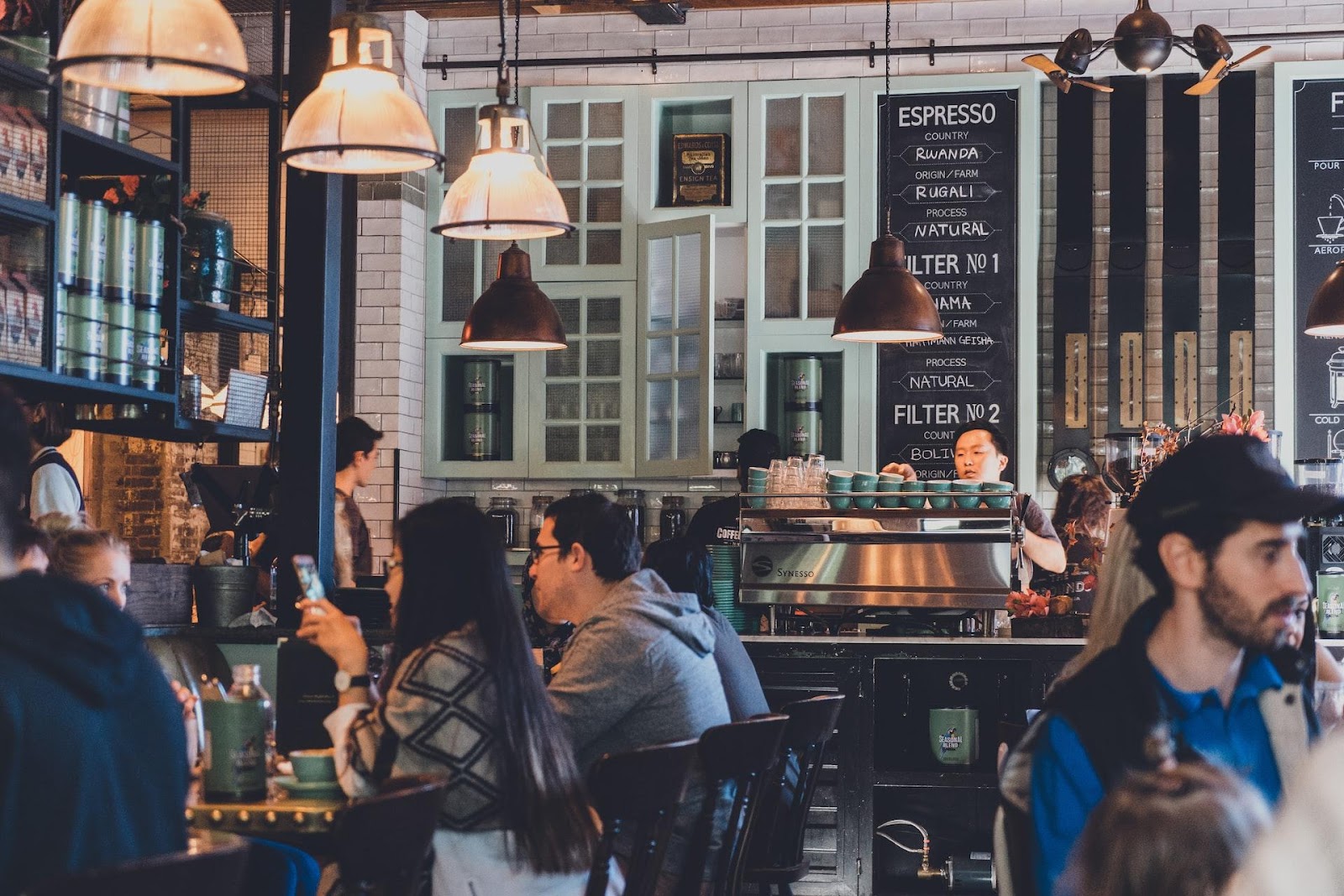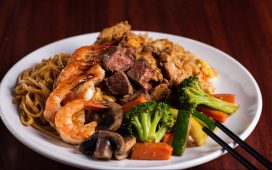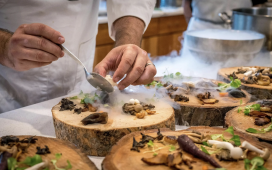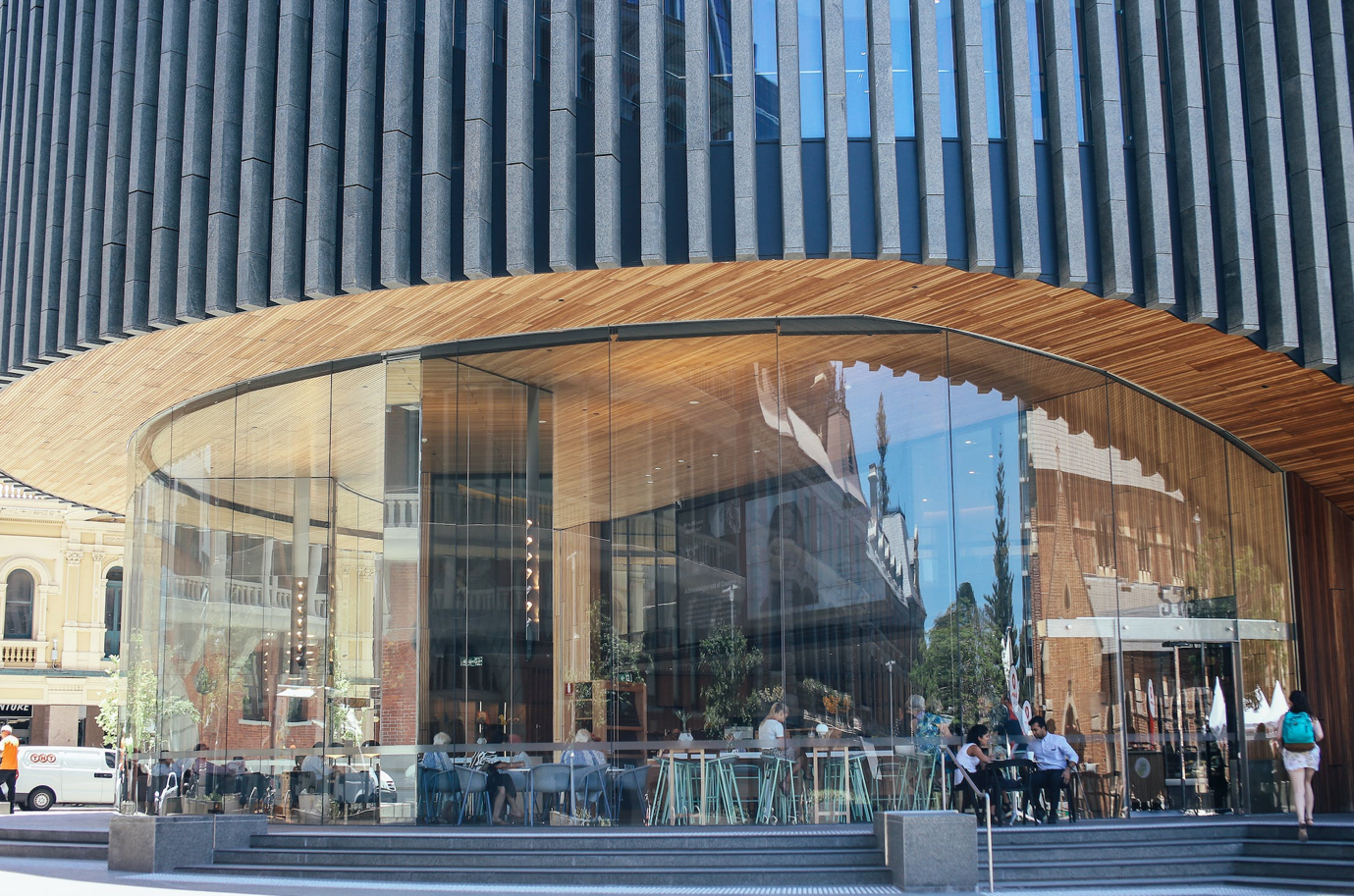Table Of Contents
Many tea drinkers’ first cup of tea started from a teabag. Teabags are convenient after all, not to mention ubiquitous. You can find one almost anywhere in the world. And, as for the taste, well, tea is tea, right? Not exactly, according to dedicated tea drinkers. There are subtle differences in flavor and quality between tea in a teabag and loose leaf tea. They both might have the same basic ingredient—tea leaves—but that’s it. The similarities end there.
The tea leaves in tea bags and loose leaf teas both came from the Camellia sinensis plant, which is grown all over the world. Black, green, oolong, and white teas all came from that same plant. The differences are the result of the way the plant is processed. And, as for the differences between loose leaf teas and tea bags, read on and find out.
Quality Of The Tea Leaves
The harvested tea leaves are processed in specific ways to produce different kinds of teas.
Loose leaf tea, like this Grateful Tea, generally, has a better quality than the teas in tea bags. The tea leaves from loose leaf undergo very little processing, which makes the tea smell and taste better. The tea in tea bags, on the other hand, can contain tea dust and fannings, which are bits of tea leaves left over after high-grade tea leaves are gleaned. However, both tea in bags and loose leaf can either be of excellent or very low quality.
The quality of tea leaves ultimately depends on a lot of factors, such as the tea plant, growing conditions, harvesting and processing techniques, and how the product is stored. But, whole, unbroken tea leaves will always be better than fannings and tea dust.
When you steep loose leaf tea, you’ll be able to see the part of the plant you’re using, whether they’re the smaller or larger leaves, branches, or buds. You’ll also determine the leaves by their color and shape. With tea bags, you’ll only see the small pieces of tea.
The Taste
Some teas aren’t suited for tea bags. A high-quality tea with an intense aroma would be wasted if packed as tea dust in tiny bags. Teas like silver needle buds, rolled oolongs, or Chinese dan cong teas, especially, don’t do well in tea bags. It would be like storing wine in a carton. Tea leaves, like the ones mentioned, should have space for their flavor to expand and release, which aren’t possible in something as confining as teabags.
You can also control the strength of your tea if you’re using loose leaf. You can simply adjust the number of tea leaves you need. A tea bag, on the other hand, has a fixed amount of tea, which is typically around one to three grams. The temperature of the water affects the flavor, too. Teabags brewed with boiling water, as people are wont to do with tea bags, make for a lackluster-tasting tea.
Another problem with bagged teas is that the small tea particles deteriorate faster. The fannings and tea dust found in tea bags don’t do well being bagged and stored as their freshness won’t last long. So, even if a tea bag contains high-grade tea, it won’t be able to hold its freshness for more than a month. If, for one reason or another, you have to choose tea bags, make sure that they’re individually wrapped and stored properly.
The Cost
A regular-sized teabag typically has about one to three grams of tea. A single box that has 20 tea bags may contain tea of about 20 grams. A tea bag, when steeped in hot, boiling water, releases all its flavor, so you can only use it once. Meanwhile, loose leaf tea can be re-steeped, and you can even brew it differently for a different flavor profile. This would result in an overall inexpensive price per cup. Moreover, it can also give you a better-quality tea-drinking experience.
There are even loose leaf teas that can provide as many as 15 cups on a single brewing session. Keep in mind that you can’t find premium teas in tea bags. Also, cultures around the world that have tea ceremonies never use teabags. For example, it’s difficult to visualize a Japanese tea ceremony that uses tea bags. It’s because only teas of the highest quality are used for formal tea ceremonies.
Choosing Between Tea Bags And Loose Leaf Tea
If you’re drinking tea because you want its health benefits, then you’re better off with loose leaf tea. But, if you want tea with higher caffeine content, a tea bag could provide a cup with a higher caffeine content in a single brew compared to a loose leaf tea. Also, a teabag is almost like an instant coffee. You can have tea quickly with a teabag.
For a perfect loose leaf tea, you’d require utensils, like a strainer, teapot, or, perhaps, an entire tea set. A tea bag would only require a cup. It’s also portable and easy to bring with you on a trip or to your workplace. But, if you want, it’s possible to put loose leaf in a tea bag and enjoy that premium tea flavor. You can put loose leaf tea in disposable paper or reusable cotton filters.
For a tea drinker who enjoys a tea’s flavor, loose leaf teas generally provide great-tasting products. Silk pyramid tea bags, however, comes close to loose leaf in terms of flavor. These tea bags also contain loose leaf tea. If you’ve started drinking loose leaf tea, you’d discover different flavor notes when you re-steep the leaves.
If you usually drink tea with sugar and milk, loose leaf tea is a great choice. Usually, premium loose leaf teas are drunk unadulterated. However, adding milk or sugar to a high-quality tea could give you a robust, smooth, and creamy ‘cuppa’ that could just be the plasma shot you need.
Conclusion
Teas in tea bags are for making teas quickly; they’re more convenient. But, in terms of quality and flavor, loose leaf tea is better. This is because the tea in tea bags are mostly fannings and tea dust. Small pieces of tea leaves lose their freshness quickly, unlike loose leaf teas.
